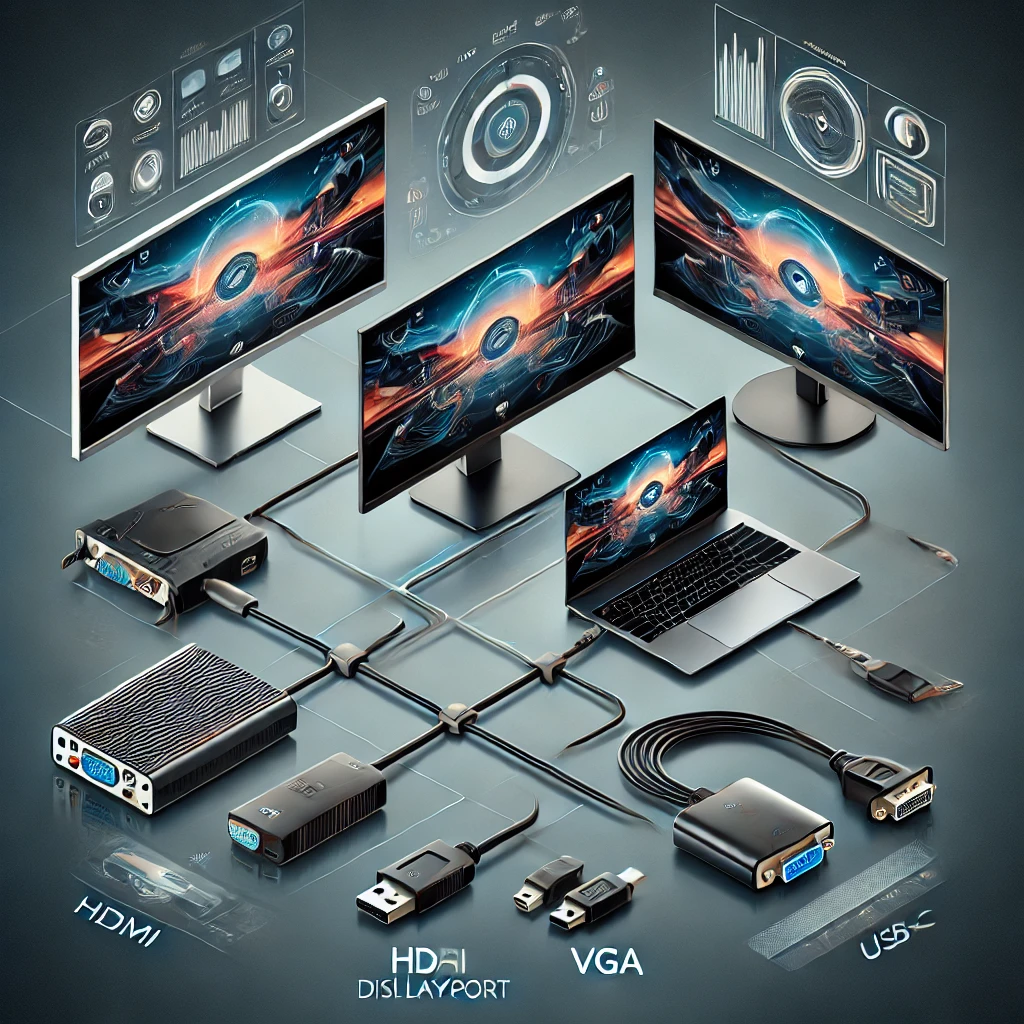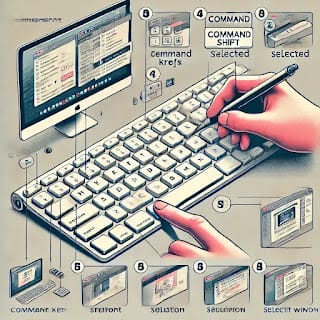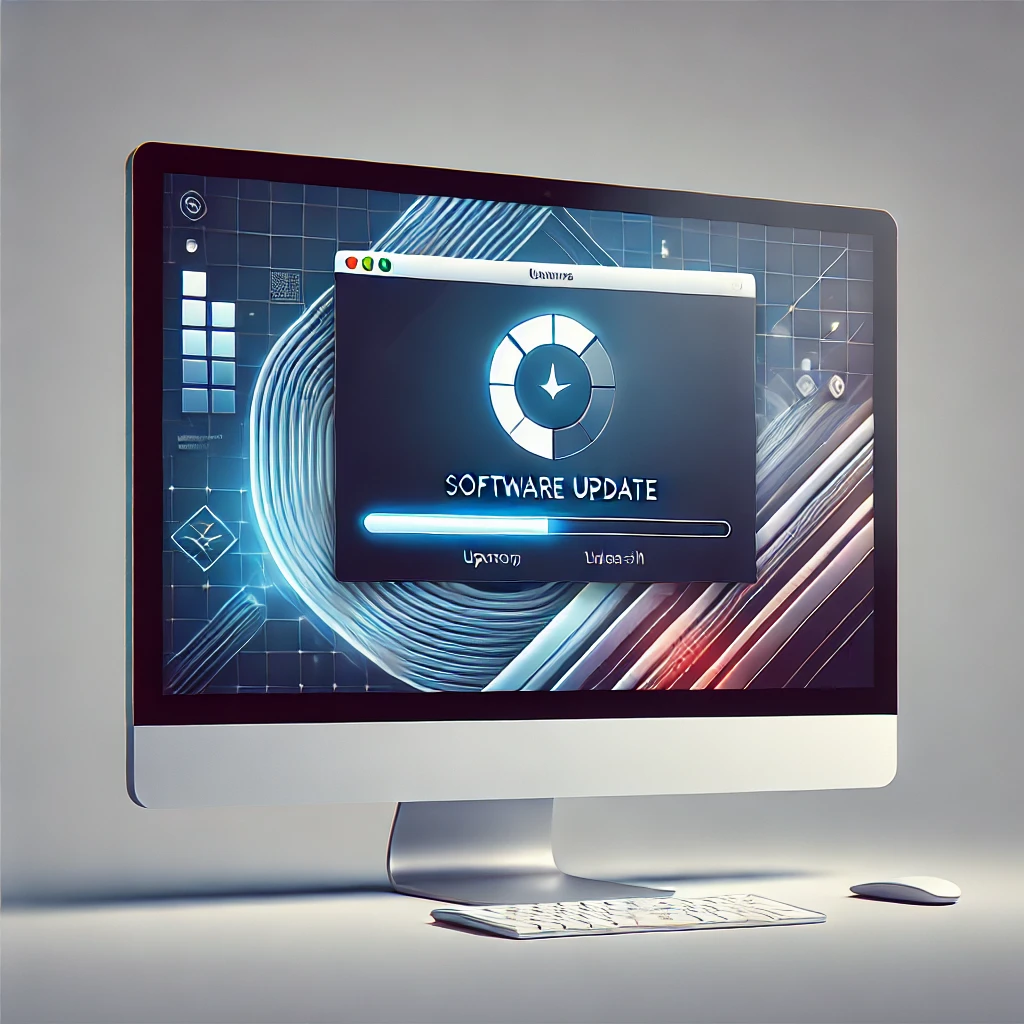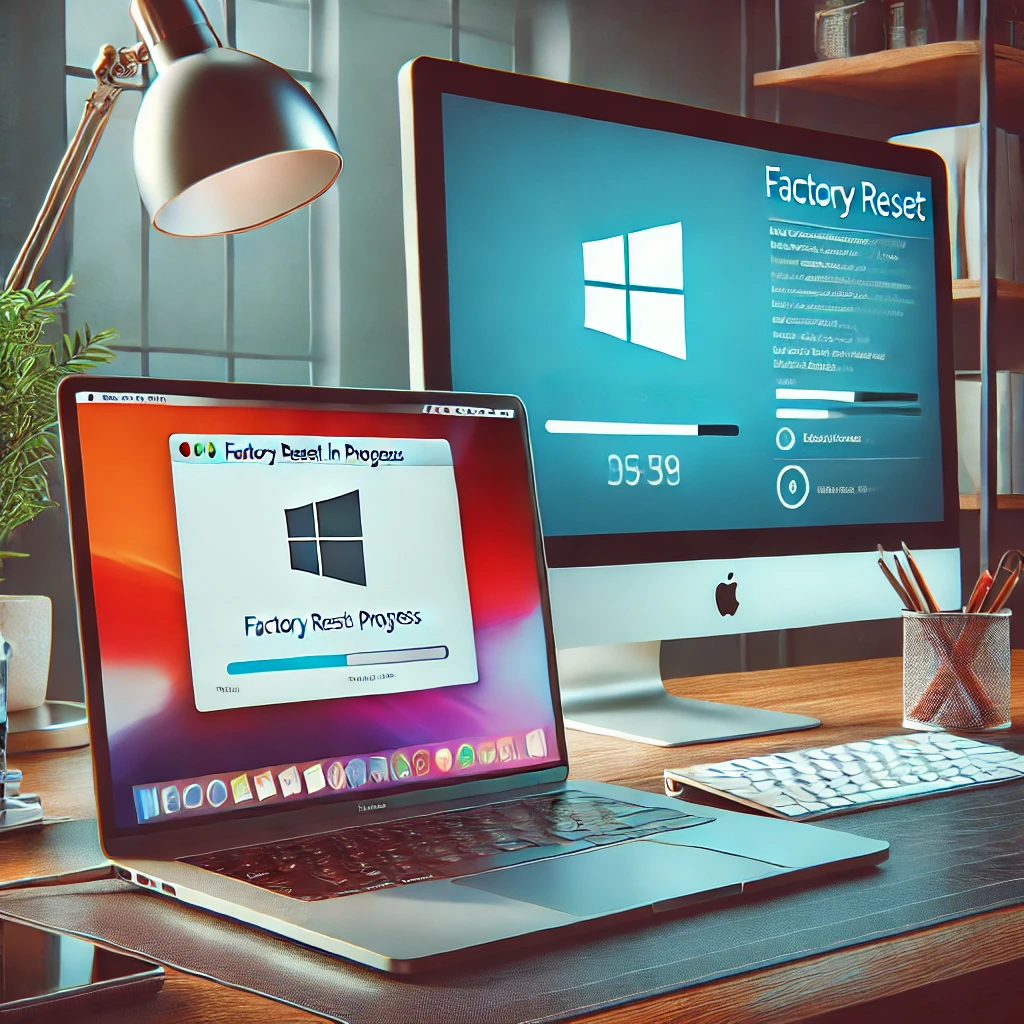Using multiple monitors can improve productivity, enhance gaming experiences, and provide a better workspace for creative professionals. This guide will walk you through how to set up multiple monitors on Windows and Mac, including different connection types, display settings, and troubleshooting tips.
🔹 1. Benefits of Using Multiple Monitors
✔ Increased Productivity – Easily multitask with multiple apps open.
✔ Better Gaming Experience – Enjoy an immersive multi-screen gaming setup.
✔ Enhanced Video Editing & Design – Spread out work across multiple screens.
✔ Improved Work Efficiency – Run multiple programs side by side.
🔹 2. Check Your Computer’s Compatibility
Before connecting additional monitors, check:
✔ Number of Video Outputs – Look at your PC’s HDMI, DisplayPort, VGA, or USB-C ports.
✔ Graphics Card Support – Some GPUs can support multiple displays, while others may need adapters.
✔ Operating System Compatibility – Windows and macOS both support multiple monitors, but settings vary.
🔎 How to Check Ports on Your PC/Laptop:
- Look at the back of your desktop PC or the sides of your laptop for video ports.
- Check your graphics card specifications (NVIDIA, AMD, or Intel).
- If your PC doesn’t have enough ports, consider a USB-to-HDMI adapter or a docking station.
🔹 3. Types of Monitor Connections
💻 Common Monitor Ports
🖥 HDMI: Most common for modern displays, supports audio/video.
🔌 DisplayPort: High-performance video, ideal for gaming and professional use.
📺 VGA: Older port, supports lower resolutions.
🔗 USB-C/Thunderbolt: Used in newer laptops, supports video/audio.
🔹 Adapters You May Need:
- HDMI to VGA (for older monitors)
- USB-C to HDMI (for MacBooks & modern laptops)
- DisplayPort to HDMI (if ports don’t match)
🔹 4. How to Connect Multiple Monitors to Windows
🔹 A. Connecting Dual Monitors
1️⃣ Plug the second monitor into an available video port.
2️⃣ Power on the monitor and your computer.
3️⃣ Right-click on the desktop and select Display settings.
4️⃣ Scroll down to Multiple Displays → Select Extend these displays.
5️⃣ Arrange the monitors by dragging them in the settings menu.
6️⃣ Click Apply and then OK.
🔹 B. Connecting Three or More Monitors
- Check your graphics card to ensure it supports 3+ monitors.
- If not enough ports, use a USB-to-HDMI adapter or docking station.
- Configure each display in Windows Display Settings.
🔹 Advanced Multi-Monitor Setup:
- Use NVIDIA Control Panel or AMD Radeon Settings for better configurations.
- Set Primary Display for main usage.
- Enable Taskbar Across Multiple Monitors (Windows 10/11).
🔹 5. How to Connect Multiple Monitors to Mac
🔹 A. Connecting Dual Monitors on macOS
1️⃣ Connect the second monitor to your MacBook or iMac using HDMI, DisplayPort, or USB-C.
2️⃣ Click the Apple menu → System Settings → Displays.
3️⃣ Click Arrangement and drag the monitors into the correct order.
4️⃣ Select Extend Display or Mirror Display as needed.
🔹 B. Connecting Three or More Monitors on Mac
- Use a Thunderbolt Dock or USB-C Hub if ports are limited.
- Macs with M1/M2 chips may have limitations (check Apple’s support page).
- Adjust resolution settings in System Preferences > Displays.
🔹 6. Adjusting Display Settings
🔹 Windows Display Customization
- Resolution: Match monitors for best clarity.
- Orientation: Choose landscape or portrait mode.
- Scaling: Adjust if text/icons are too small or too large.
🔹 Mac Display Customization
- Night Shift: Reduces blue light for better eye comfort.
- Mission Control: Helps manage multiple screens efficiently.
- Spaces: Assign different apps to different monitors.
🔹 7. Troubleshooting Common Issues
Monitor Not Detected?
✔ Check cables and ports for damage.
✔ Try using a different port or adapter.
✔ Update graphics drivers (Windows: Device Manager > Display Adapters).
Display Not Extending?
✔ Ensure “Extend these displays” is selected in Windows.
✔ On Mac, check Arrangement settings in Display Preferences.
Monitor Flickering or Lagging?
✔ Use a higher-quality cable (avoid cheap HDMI cables).
✔ Set the correct refresh rate (Windows: Display Settings > Advanced Display).
✔ Try a different port or graphics settings.
🔹 8. Final Thoughts
Setting up multiple monitors can boost productivity, enhance gaming, and improve workflow. Whether you’re using Windows or Mac, follow this guide to set up and optimize your multi-monitor display.
📌 Need more tech guides? Stay tuned to TechnologyDecode.com for more updates! 🚀
// You May Like //
🔗 Best Noise-Canceling Headphones for Focus in 2025
🔗 Best Laptops for Study & Work in 2025-Affordable & Powerful
🔗 How to solve Overheating problem of computer
![]()





